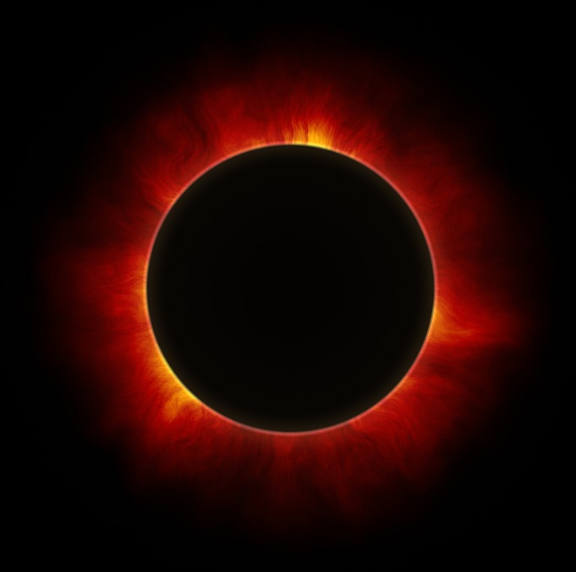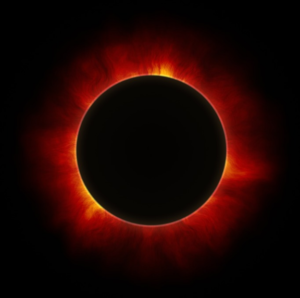

The DePauw sat down with Alexander Komives, associate professor of physics and astronomy, to discuss what you need to know about the upcoming social solar eclipse.
The DePauw (TDP): What is a solar eclipse, and why is this solar eclipse so special?
Komives: The moon and the sun will appear close to one another about once a month, but they usually miss and don’t completely cover each other. The solar eclipse on Monday is a total eclipse, meaning that the moon will completely cover the sun. This eclipse is particularly exciting because the last total solar eclipse in the United States was in 1977, and the fact that the total eclipse will be visible at one specific location is very rare.
TDP: When is the solar eclipse happening?
K:The solar eclipse will happen at around 2:30 p.m. this Monday.
TDP: What will the solar eclipse look like?
K: In Greencastle, there will be a partial eclipse. Approximately 92% of the sun’s disk will be covered, so part of the sun will still be seen. It will get dark outside, similar to twilight, sunset, or early sunrise. In the path of totality, where there will be a total solar eclipse, such as in Nashville, the experience will be different. The sun will be completely covered, and the sky will go dark as if it were nighttime. You will see the outline of the sun, and you will be able to see the stars.
TDP: Will anything strange or out-of-the-ordinary happen?
K: The birds may get a little bit confused, but otherwise not really.
TDP: How do I view the solar eclipse?
K: It is extremely important to know that it is not safe to look at the solar eclipse without proper eye protection. You will need special glasses to view the event. By looking directly at the eclipse and the sun, you could end up blinding yourself. It is important to have the right glasses. The American Astronomical Society provides information about how to view the eclipse safely. All eye protection has to be compliant with the information on the website. They also have a list of vendors on their website where you can buy glasses, although you should beware of fake solar glasses that falsely claim to protect you eyes.
TDP:What if I want to see the total solar eclipse in person?
K: The Astronomy Club is sponsoring a free trip to Kentucky for those who want to see the total solar eclipse in person. Contact Thomas Grier (thomasgrier_2018@depauw.edu) to sign up.
NOTE: If you don’t have proper eye protection, you can still “see” the eclipse, by following these steps from NASA:
- Make a tiny hole in the middle of a sheet of paper.
- With your back towards the sun, hold that piece of paper above your shoulder, allowing the sun to shine on the paper.
- Use a second sheet of paper to act as a screen. Hold it at a distance from the first sheet, and you will see an inverted image of the sun projected on the paper screen through the pinhole.
- To make the image of the sun larger, hold the screen paper farther away from the paper with the hole.
